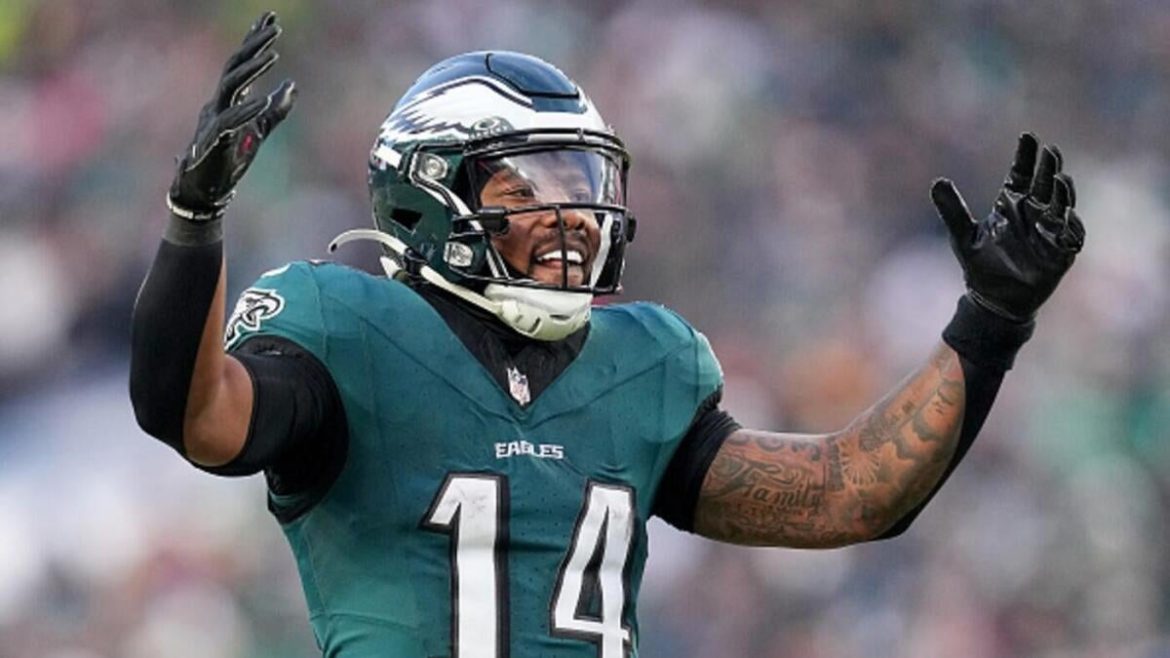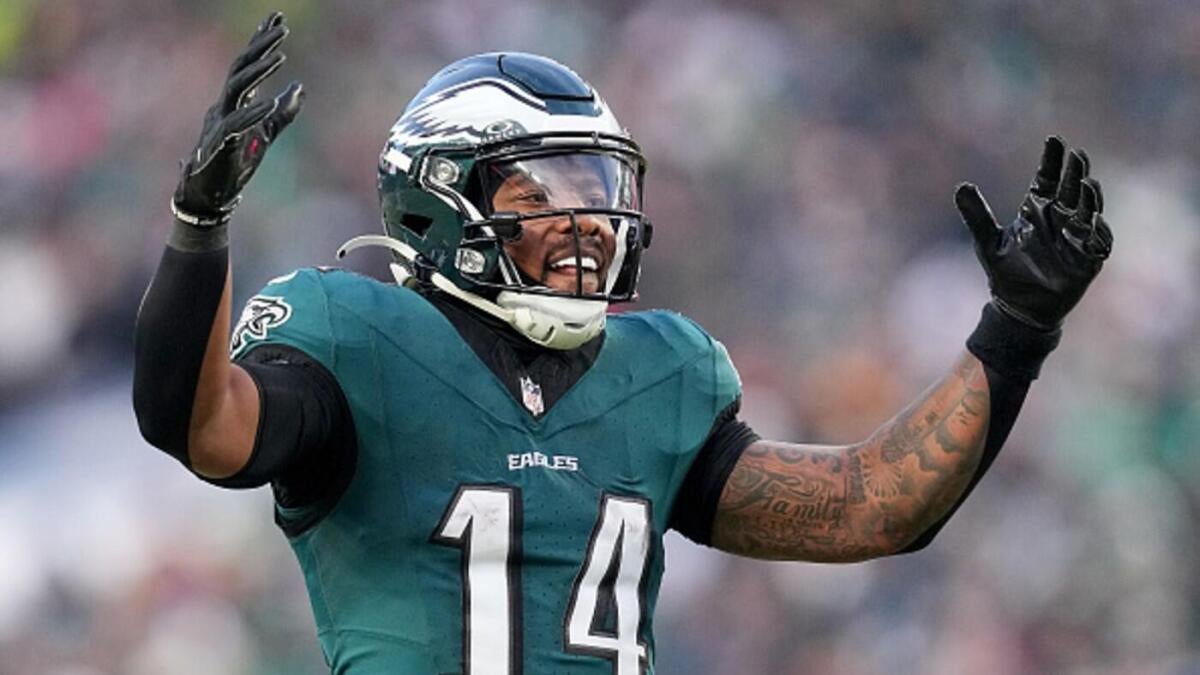The George Pickens Trade: A Deep-Dive into Its Impact on the Steelers and Cowboys
The offseason of 2024 witnessed a significant NFL transaction that sent ripples through both the Pittsburgh Steelers and Dallas Cowboys organizations: the trade of wide receiver George Pickens from the Steelers to the Cowboys. This move, finalized about three weeks ago, marks a pivotal shift for both teams in roster construction, strategic vision, and player development. Understanding this trade requires examining the details of the deal, the context surrounding Pickens’ tenure in Pittsburgh, and the potential implications for both franchises moving forward.
—
Trade Overview: The Exchange of Talent and Draft Capital
The trade centered around George Pickens, a talented but sometimes mercurial wide receiver who was drafted by the Steelers in the second round of the 2022 NFL Draft after a standout college career at the University of Georgia. The Cowboys acquired Pickens and a 2027 sixth-round pick, while the Steelers received Dallas’ 2026 third-round pick and a 2027 fifth-round pick. This exchange reflects a typical NFL transaction where a player is swapped alongside future picks, balancing immediate roster needs with long-term strategic planning.
By moving Pickens to Dallas, the Cowboys added a dynamic receiving threat to complement established players like CeeDee Lamb. For Pittsburgh, the infusion of mid-round draft capital offers flexibility to address multiple roster needs, especially given their concurrent acquisition of wide receiver DK Metcalf, who also wears jersey number 14—Pickens’ old number, now reassigned within the Steelers organization.
—
George Pickens’ Journey with the Steelers: Skill, Volatility, and Team Dynamics
George Pickens’ three seasons with the Steelers were marked by impressive statistical production but also challenges off the field and within team chemistry. Over 48 regular-season games, Pickens amassed 174 receptions, totaling 2,841 yards and 12 touchdowns, showcasing a strong average yards per catch (16.3). His ability to make spectacular plays underscored his natural talent and potential as a premier NFL wide receiver.
However, multiple reports suggest that his “volatile spell” and attitude were contributing factors in the Steelers’ decision to trade him. Former NFL receiver T.J. Houshmandzadeh cited inside sources indicating that the team “had enough” of certain behavioral issues. Additionally, the arrival of DK Metcalf—who also wears the No. 14 jersey previously donned by Pickens—signaled a shift in the Steelers’ wide receiver hierarchy and indicated a desire for a fresh start.
This trade allowed the Steelers to recalibrate their receiving corps while opening up locker room dynamics. The jersey number shuffle, with RB Kenneth Gainwell adopting Pickens’ No. 14, symbolizes these organizational changes and the constant evolution of team identity.
—
The Cowboys’ Perspective: Filling a Crucial Receiving Void
For Dallas, the acquisition of George Pickens is viewed as a significant splash move under owner Jerry Jones’ direction, fulfilling a pressing need for a dynamic playmaker in the receiving group. Pickens brings youth, versatility, and a proven ability to make contested catches and gain yards after the catch.
Pairing Pickens with CeeDee Lamb forms a formidable receiving tandem, potentially addressing some deficiencies the Cowboys faced in their passing game. Analysts have debated if Dallas gave up too much draft capital for Pickens, but the general consensus suggests they were willing to pay a premium to secure a player with first-round talent and immediate impact potential.
The Cowboys also gained a 2027 sixth-round pick in the deal, which provides additional late-round draft flexibility. The front office’s confidence in Pickens’ abilities and potential to flourish in a new environment indicates their faith that this trade could mark a turning point in their offense’s performance.
—
Steelers’ Strategic Outlook: Draft Capital and Roster Reconstruction
The Steelers’ receipt of a third-round pick in 2026 and a fifth-round pick in 2027 positions them well for ongoing roster development. These picks could be used to address multiple needs, including bolstering offensive weapons or shoring up defensive positions. Pittsburgh’s approach suggests a balanced focus on both the present and future, leveraging draft assets for sustained competitiveness.
Moreover, the Steelers’ front office, represented by GM Omar Khan, publicly framed the trade not as a disappointment but as a “fresh start” beneficial to both player and team. This reflects a professional understanding of the complexities behind NFL roster management, player maturation, and team culture.
Their recent signing of wide receiver Montana Lemonious-Craig, assigned Pickens’ former No. 14 jersey, highlights the continuous search for talent to fill voids and improve depth. Such moves indicate an ongoing commitment to recalibrating the receiving corps while developing a cohesive unit around established stars and new acquisitions like Metcalf.
—
Broader Implications: Player Development, Team Chemistry, and NFL Dynamics
This trade also underscores broader NFL themes: the mixture of raw talent and player personality in shaping team decisions, and the strategic balancing act between immediate impact and long-term planning. Pickens’ journey—from a promising Georgia standout, a productive but inconsistent Steelers WR, to a fresh opportunity in Dallas—illustrates how player-team fits can change rapidly and affect careers.
From the Cowboys’ perspective, the bet is on a new environment sparking the best version of Pickens, unlocking the potential that sometimes failed to consistently emerge in Pittsburgh. For the Steelers, it’s about prudent asset management and shifting team dynamics to forge a cohesive culture and roster synergy.
—
Conclusion: A Trade Shaping Both Teams’ Futures
The trade of George Pickens between the Steelers and Cowboys is more than just a simple player swap; it’s a strategic maneuver loaded with ramifications on player development, team chemistry, roster construction, and franchise trajectories. Dallas gains a talented receiver who could become a cornerstone of their offense, while Pittsburgh accrues valuable draft capital and reshapes its wide receiver group amid a transformative offseason.
As both teams move forward, the success of this trade will be measured not only by immediate game-day impact but also by how well each franchise leverages the opportunities it created—whether that means harnessing Pickens’ upside in Dallas or capitalizing on added draft capital in Pittsburgh. This trade encapsulates the ever-shifting landscape of the NFL, where talent, strategy, and timing intertwine to define the course of seasons ahead.





